Description
Mechanics of materials is a basic engineering subject that, along with statics, must be understood by anyone concerned with the strength and physical performance of structures, whether those structures are man-made or natural. At the college level, mechanics of materials is usually taught during the sophomore and junior years. The subject is required for most students majoring in mechanical, structural, civil, biomedical, petroleum, aeronautical, and aerospace engineering. Furthermore, many students from such diverse fields as materials science, industrial engineering, architecture, and agricultural engineering also find it useful to study this subject.
About the Brief Edition
In many university engineering programs today, both statics and mechanics of materials are now taught in large sections comprised of students from the variety of engineering disciplines listed above. Instructors for the various parallel sections must cover the same material, and all of the major topics must be presented so that students are well prepared for the more advanced and follow-on courses required by their specific degree programs. There is little time for advanced or specialty topics because fundamental concepts such as stress and strain, deformations and displacements, flexure and torsion, shear and stability must be covered before the term ends. As a result, there has been increased interest in a more streamlined, or brief, text on mechanics of materials that is focused on the essential topics that can and must be covered in the first undergraduate course. This text has been designed to meet this need.
The main topics covered in this book are the analysis and design of structural members subjected to tension, compression, torsion, and bending, including the fundamental concepts mentioned above. Other important topics are the transformations of stress and strain, combined loadings and combined stress, deflections of beams, and stability of columns. Unfortunately, it is no longer possible in most programs to cover a number of specialized subtopics which were removed to produce this “brief” edition.
This streamlined text is based on the review comments of many instructors who asked for a text specifically tailored to the needs of their semester length course, with advanced material removed. The resulting brief text, based upon and derived from the full 7th edition of this text book, covers the essential topics in the full text with the same level of detail and rigor Some of the specialized topics no longer covered here include the following: stress concentrations, dynamic and impact loadings, nonprismatic members, shear centers, bending of unsymmetric beams, maximum stresses in beams, energy based approaches for computing deflections of beams, and statically indeterminate beams. A discussion of beams of two materials, or composite beams, was retained but moved to the end of the chapter on stresses in beams. Review material on centroids and moments of inertia was also removed from the text but was placed online so is still available to the student. Finally, Appendices A-H, as well as References and Historical Notes, were moved online to shorten the text while retaining a comprehensive discussion of major topics.
As an aid to the student reader, each chapter begins with a Chapter Overview which highlights the major topics to be covered in that chapter, and closes with a Chapter Summary & Review in which the key points as well as major mathematical formulas presented in the chapter are listed for quick review (in preparation for examinations on the material). Each chapter also opens with a photograph of a component or structure which illustrates the key concepts to be discussed in that chapter. Considerable effort has been spent in checking and proofreading the text so as to eliminate errors, but if you happen to find one, no matter how trivial, please notify me by e-mail ([email protected]). We will correct any errors in the next printing of the book.

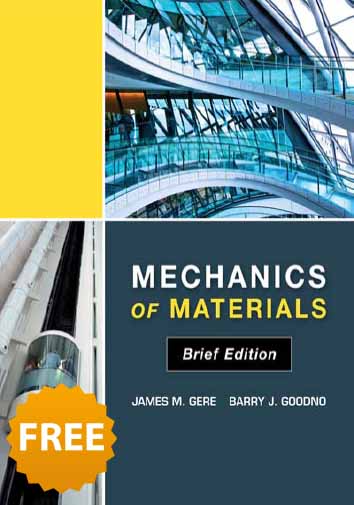
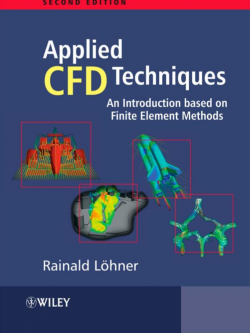
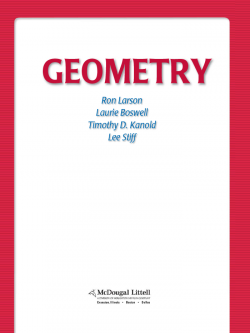
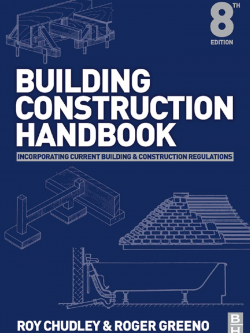
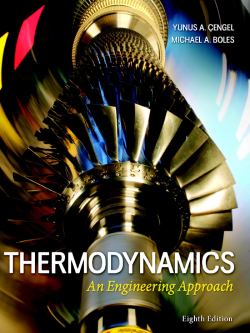
نقد و بررسیها
هیچ دیدگاهی برای این محصول نوشته نشده است.